Marketing KPIs (key performance indicators): Social Media, TikTok, Instagram, YouTube, Facebook & Co.
Marketing KPIs – Calculate for free with our 10 KPI tools! Want to really understand the success of your marketing efforts? Then you should familiarize yourself with the most important KPIs. Whether you’re running a website, doing social media marketing, or pursuing other marketing strategies, understanding and using relevant KPIs (key performance indicators) will allow you to quantify the success of your efforts and optimize your marketing strategies. In this blog post, we’ll introduce you to the key KPIs you can use to measure the success of your marketing activities and pave your way to success.
KPI at a glance: This is what you learn here
Tip! Below you will find detailed explanation, formula and examples for all KPIs. This is what you learn here:
| Key figure | Brief description | Formula |
|---|---|---|
| Engagement rate | Interactions / Fans x 100 | (engagements / fans) x 100 |
| Return on Ad Spend (ROAS) | Advertising revenues / advertising costs | Advertising revenues / advertising costs |
| Impressions | Number of ad impressions | – |
| Range | People who saw content | – |
| Cost per thousand contacts (CPM) | Advertising costs / Reach | (advertising costs / reach) x 1,000 |
| Click Through Rate (CTR) | Clicks / Reach x 100 | (clicks / reach) x 100 |
| Conversion Rate (CR) | Conversions / Interactions | (Conversions / Interactions) x 100 |
| Lead to Deal Conversion Rate (LDCR) | Deals / Leads | (Deals / Leads) x 100 |
| Cost per lead (CPL) | Advertising costs / leads | Advertising costs / leads |
| Cost per click (CPC) | Advertising costs / clicks | Advertising costs / clicks |
| Customer Lifetime Value | Average value of customers | – |
| Share of Voice (SOV) | Own mentions / Total | (Own mentions / Total) x 100 |
KPI calculators
Engagement rate
Formula: How to calculate the engagement rate?
- Engagement Rate = ( Engagement [Likes, Comments and Shares] / Followers ) x 100
Example
If a total of 120 engagements (such as video views, likes, comments, shares, etc.) are recorded on one of your social media channels and you have a total of 3,600 users following you, the engagement rate is about 3.23%.
Calculator
Calculate your engagement rate online for free:
Return on Ad Spend (ROAS) / Return on Invest (ROI)
Formula: How to calculate Return on Ad Spend?
- ROAS = advertising revenues / advertising costs
Example
If you spent 20,000 euros on Facebook ads in January and generated a total profit of 80,000 euros, the return on ad spend is 4 euros. This means that every euro invested generated a profit of 4 euros.
The ROAS analysis shows whether an analyzed social media channel is profitable for you. After all, you certainly don’t want to spend more money on advertising in the long term than it brings in. So a higher ROAS is better.
Calculator
Calculate your return on ad spend online for free:
Impressions vs. reach
We’ve included this metric separately because it’s important to not just look at impressions or reach individually, but to combine both metrics. In a nutshell:
- Impressions = number of ad views
- Reach = number of people who have seen the content
Cost per thousand contacts (CPM) / Cost per reach (CPR)
Formula: How to calculate the cost per thousand contacts?
- CPM = (advertising costs / reach) x 1,000
Example
Let’s say you spent 10,000 euros on an Instagram ad campaign that was seen by 400,000 users. The CPM is then 25 euros per 1,000 users reached.
Calculator
Calculate your cost per thousand contacts for free online:
Click Through Rate
Formula: How to calculate the click through rate?
- Click Through Rate = Clicks / Total Reach x 100
Example
For example, if an ad is displayed 500 times and is clicked on 10 times, the click-through rate is 2%.
The click-through rate is another key figure in online marketing. It indicates the ratio of the number of clicks on an ad to the total reach. If the CTR of an ad is particularly low, you should check whether the targeting is addressing the right target group or whether changes need to be made to the image, text or call-to-action.
Calculator
Calculate your click through rate online for free:
Conversion Rate
Formula: How to calculate the conversion rate?
- Conversion Rate = (Conversions / Interactions) x 100
Example
Conversion rate is calculated by dividing the number of conversions by the total number of interactions that resulted in a conversion in the same time period. Assuming you have 100 conversions from 2,000 interactions, the conversion rate is 5% because 100 / 2,000 = 5%.
Conversion rate is the percentage of users who perform a desired action. A typical example is the percentage of visitors to a website who make a purchase. The conversion rate can also be related to the respective marketing channels, e.g. to calculate the conversion rate of your social media ads.
Calculator
Calculate your conversion rate online for free:
Lead-to-Deal Conversion Rate (LDCR)
How do you calculate the lead-to-deal conversion rate?
- Lead-to-Deal Conversion Rate = (Deals / Leads) x 100
Example
Let’s say you generated 2,000 new leads through your social media ads in October, which resulted in 40 deals. Then the lead-to-deal conversion rate is 2% because 40 is divided by 2,000 and multiplied by 100.
Calculator
Calculate your lead-to-deal conversion rate online for free:
Cost per lead
Formula: How to calculate the cost per lead?
- CPL = advertising costs / leads
Example
To calculate the cost per lead, you must first track your conversions to determine the number of leads generated. This tells you what happens after a user clicks on your ad. The cost per lead is calculated by dividing the cost of an ad or campaign by the conversions it generates.
Calculate your cost per lead for free online:
Cost per click
Formula: How to calculate the cost per click?
- CPC = advertising costs / clicks
Example
To calculate the CPC, you divide the total cost of advertising by the total number of clicks on the ad. Let’s say you spent 400 euros on an ad that generated 100 clicks, then the CPC is 4 euros.
Calculate your cost per click for free online:
Customer Acquisition Cost (CAC)
Formula: How to calculate the cost per lead?
- CAC = ( marketing costs / sales )
Customer acquisition cost is undoubtedly one of the most important metrics for a growing business. CAC (Customer Acquisition Cost), as the name suggests, tells you the total cost of acquiring a new customer.
This metric is critical because it gives you a clear guideline to evaluate your marketing activities. If a marketing campaign doesn’t generate new customers at a lower price than your current customer acquisition costs and instead helps increase them, it’s probably not an activity that justifies your team’s valuable time.
Calculator
Calculate your cost per click for free online:
Customer Lifetime Value (CLV)
Building customer trust and loyalty is a major challenge for companies. An important key figure in this area is the Customer Lifetime Value (CLV). This value reflects the average value that a customer has for a company over the entire duration of the customer relationship.
Formula: How to calculate the Share of Voice?
- Share of Voice = (Sum of own mentions / Sum of all relevant mentions of all competitors) x 100
Example
For example, if your company hashtags were mentioned 60 times and the other relevant hashtags were mentioned a total of 100 times, you would have a share of voice of 60%. This would mean that you have established yourself as a thought leader in your field.
Calculator
Calculate your Share of Voice online for free:
Social media channel and content
Followers / Fans
Nowadays, the sheer number of followers or fans doesn’t tell you much about a social media profile. Many users buy likes or followers to look better at first glance (read more in our post about fake influencers). Even if you don’t, it’s not advisable to rely only on the number of your followers as a metric. For example, if you serve a niche topic, you will have a smaller audience.
Much more important are the following questions:
- How has the number of your followers developed in the last few months?
- How often do your fans interact with your content?
The number of shares or reposts shows how often your posts or content have been shared. When your posts are shared further, you benefit not only from your own reach, but also from the reach of other users and their networks. This allows your post to go viral and reach new audiences.
So if your goal is to generate more reach and increase your visibility, you should work on getting the an
increase the number of shares and retweets.
Comments
The number of comments is also an engagement metric. On Facebook, the number of comments can also increase reach, as your posts show up in the feeds of those users who have commented. However, it’s important to not only look at the number of comments as a metric, but also consider the quality of the comments. Comments are expressions of opinion, and it is important not to neglect the qualitative aspect.
Reactions / Likes
This is about the number of reactions to your posts on social media, not the likes for your accounts themselves. Of course, you always want users to like your content and give it likes or emoji reactions on LinkedIn, for example. You can monitor this KPI over time to see if the quality of your posts continues to improve.

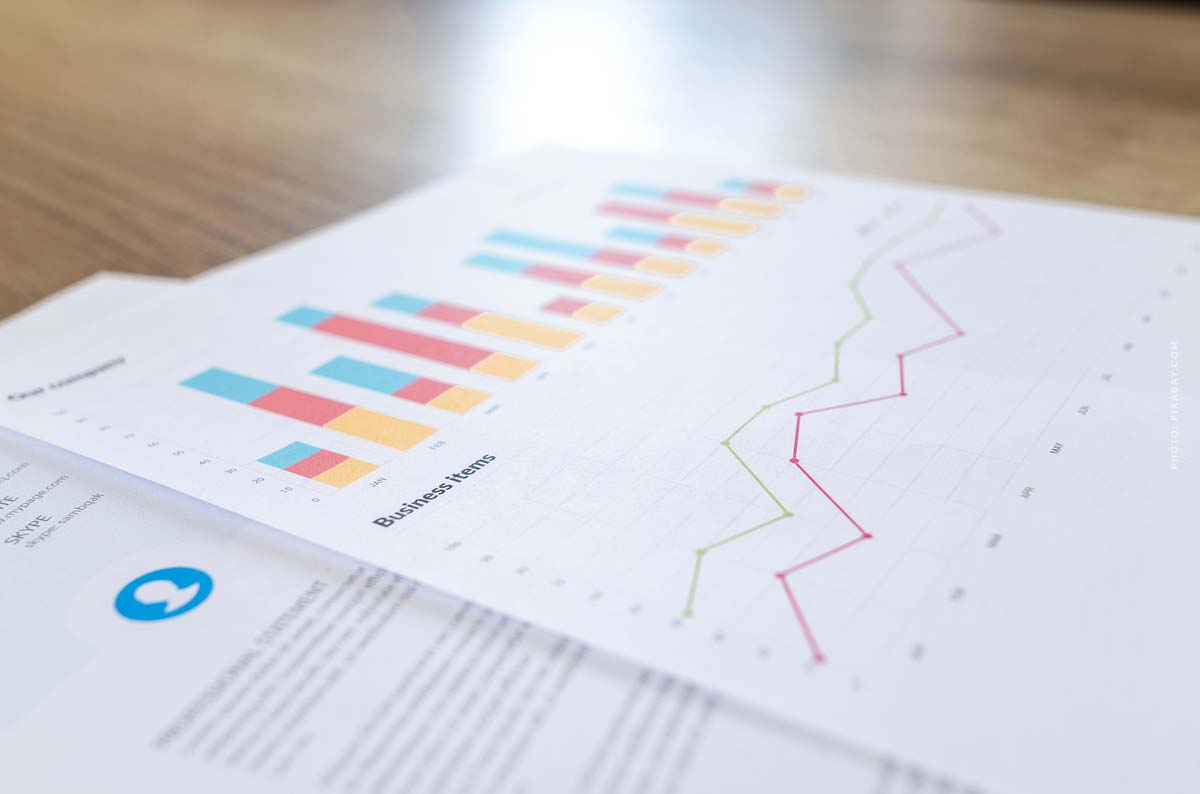
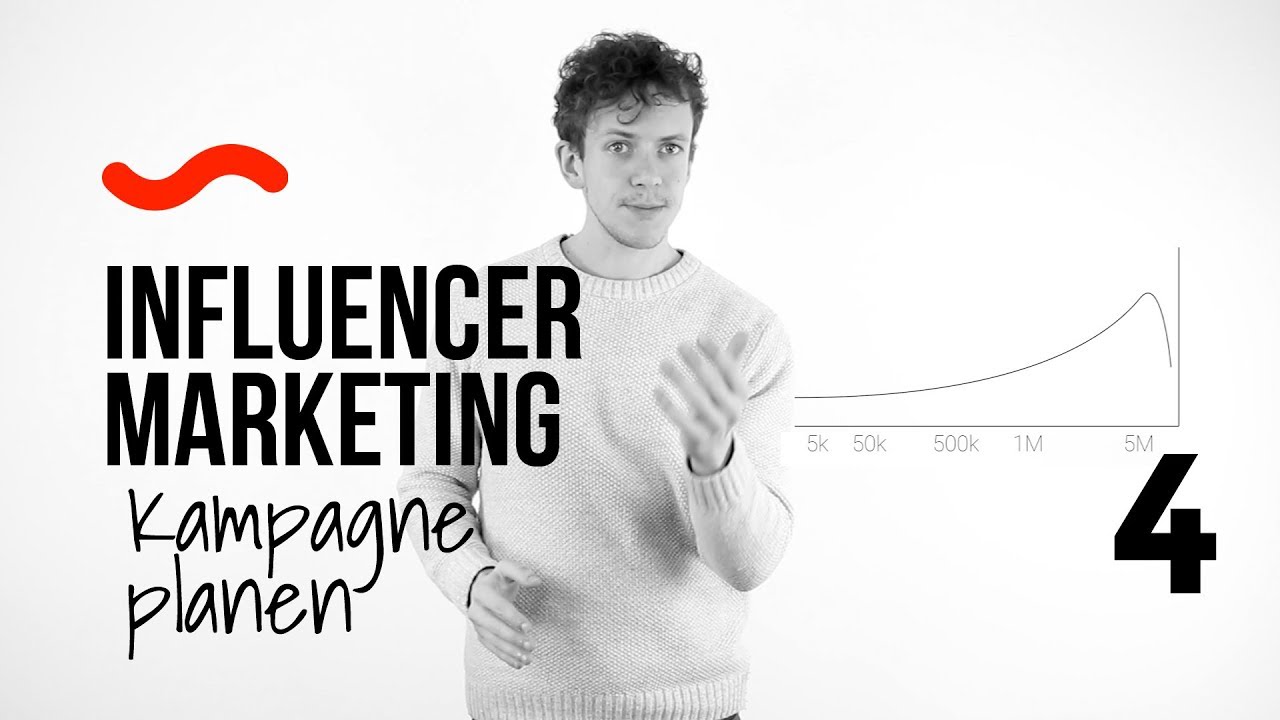
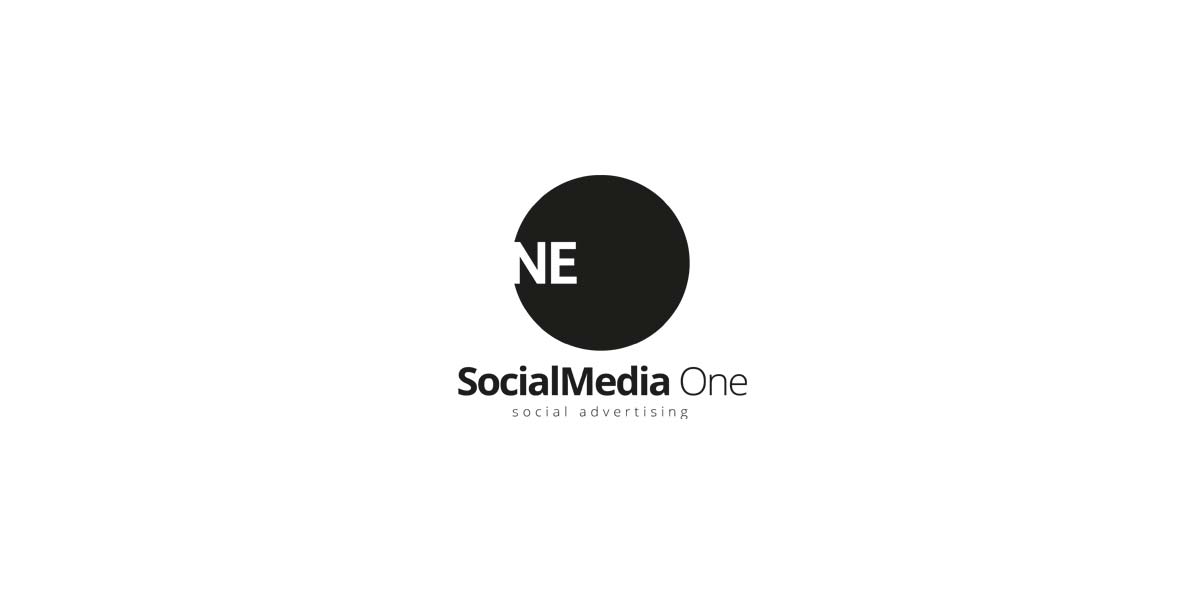




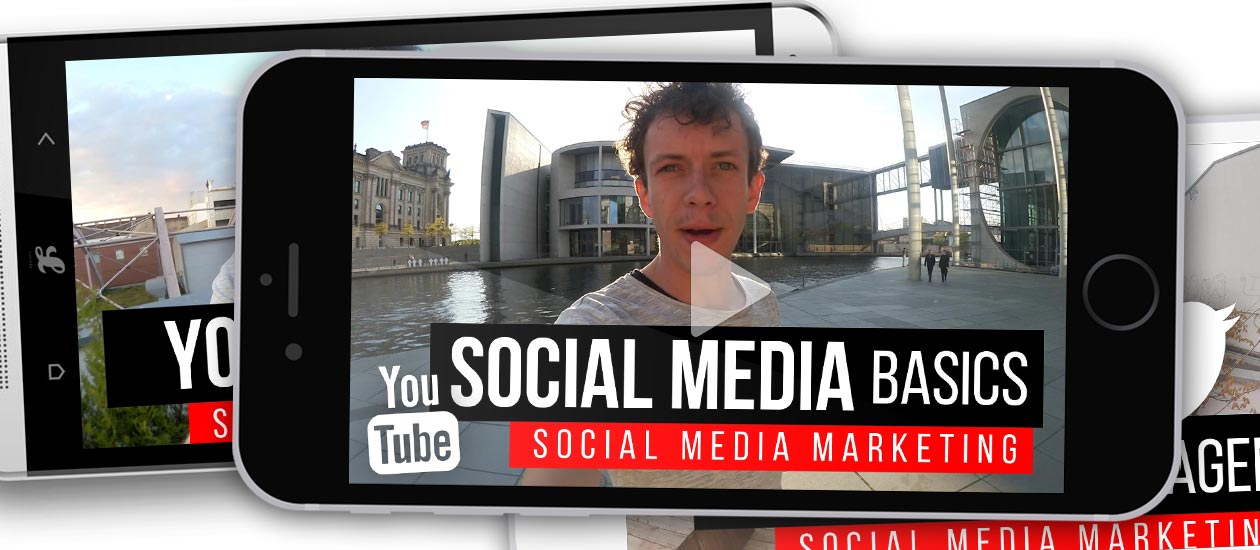
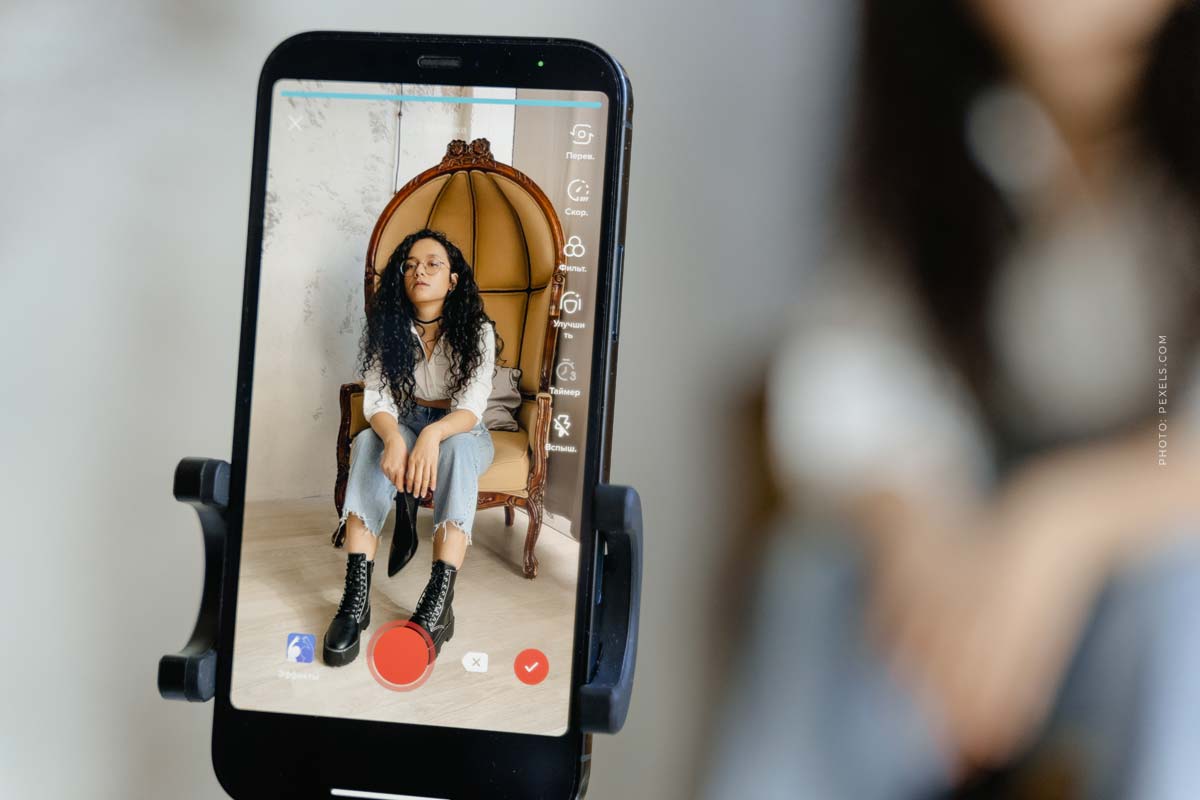
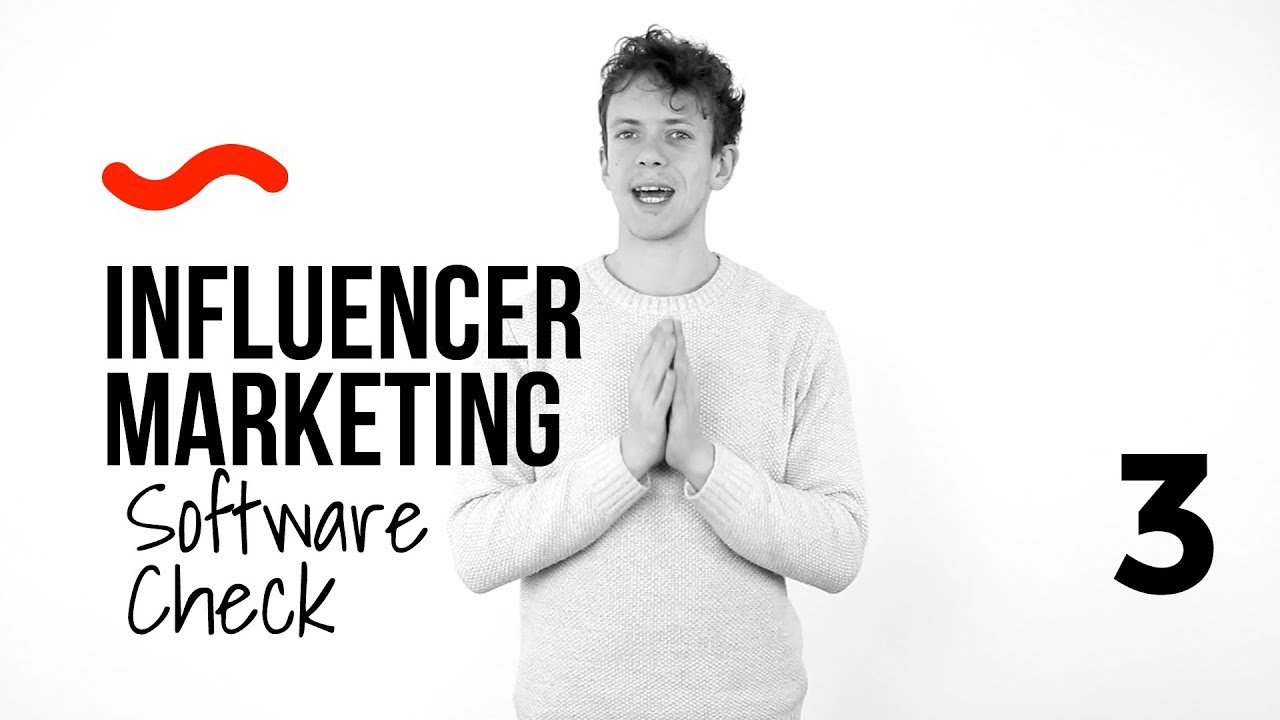
 4.9 / 5.0
4.9 / 5.0